The LP12 that I’m About to Dismember
It’s just about time to start on my big LP12 overhaul. I’ve got a bunch of parts in hand and some more in the mail. I’ve put a post up on Pinkfishmedia describing my project and soliciting advice on the order in which to proceed (naturally enough, this quickly devolved into a debate about the merits of unsullied 1980s LP12s versus their too-slick, “too-hifi” modern counterparts.) After much reflection and a bit of discussion, it looks like I’ll be proceeding in an order something like this:
- Swap Cirkus subchassis + Rega armboard for Mober one-piece Rega-spaced aluminum subchassis
- Install Tiger Paw Khan top plate
- Replace Adikt MM cartridge with Linn Troika MC cartridge
- Replace Troika with Dynavector XX-2 mkII
- Swap out Mober + Nima tonearm for Linn Kore subchassis and Linn Ekos 2 tonearm (experiment with various cartridges)
- Swap out Kore + Ekos for Greenstreet “Klone” subchassis and Naim Aro tonearm (experiment with various cartridges)
Then I’ll want to play around with power supplies, and probably build a second deck with the leftover parts, or sell the leftovers, etc.
But before starting on that or getting too ahead of myself, time to tell the story of how I ended up with the LP12 I currently have — the one that’s about be systematically disassembled.
Buying my first LP12
It was the fall of 2005. The previous year, I’d moved to Toronto for my Master’s degree. I had a scholarship that paid me $1500 per month, which in those days was exactly enough to pay for rent, food, a few records, and the odd night our (these days, with rents way out of control, it might cover your rent). Things would be a little different this year. I got a much better scholarship for my PhD that paid me exactly twice as much. I was in the same apartment with the same relatively frugal lifestyle. This meant I had a bit of money to spend, for the first time in my life.
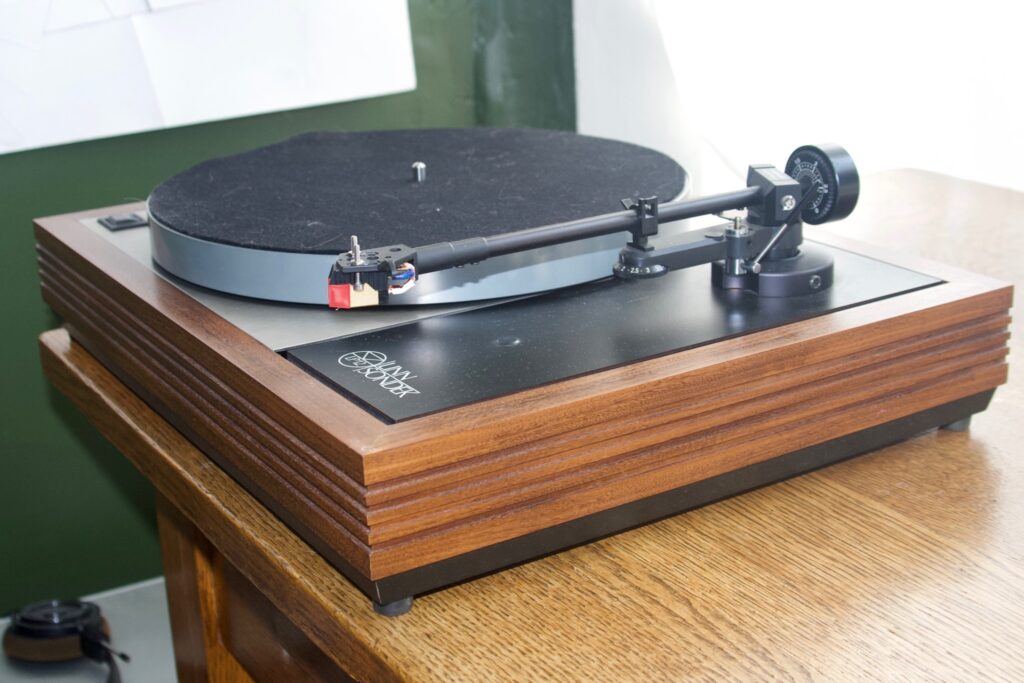
My first thought, naturally, was that I needed an LP12. I had a decent turntable, a Pro-Ject Model 2 that now belongs to a close friend of mine, but as a British hi-fi enthusiast I obviously wanted to try an LP12. That fall, I discovered Canuckaudiomart, and I remember spending a lot of time browsing it when I should have been reading Keats. Eventually, I came across a 1986 LP12 with Basik arm and Valhalla board for (I believe) $1000CDN. The seller was in St. Catharines and was hesitant to ship it, so I took a bus down there with a wallet full of cash. He picked me up at the bus station, took me to his house (thank God he wasn’t sketchy), and showed me the LP12. He had it hooked up to a Naim Nait 1 powering Quad ESL-57 speakers, which is one of the coolest-looking (and, as I recall, coolest-sounding) setups I’ve ever encountered. I wanted to buy the whole lot but only had cash for the LP12.
I remember being a little disappointed with it when I got it home. It sounded fine, but no better than the Pro-Ject. Then, after a few weeks, things started sounding all wobbly — like every song was from My Bloody Valentine’s Loveless. After some googling, I realized I had a faulty Valhalla board. I took it to some snake oil salesman on Queen East for recapping (it cost me a painful amount of money, though I don’t remember the amount), but it ended up no better, still wobbly.
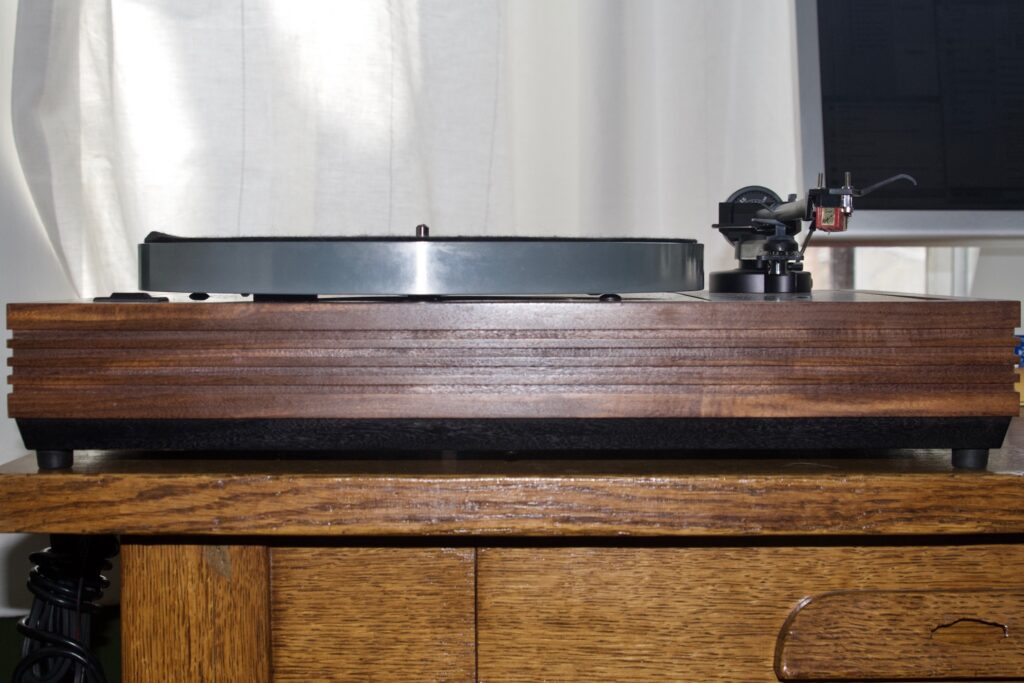
More internet searching pointed me to the Mose Hercules II system from Edmund Chan in Hong Kong. I was apparently one of the first 10 customers for the new device (he told me so when I bought my Mober subchassis a few weeks ago). I believe it cost me something like $300, about the same I’d paid the snake oil salesman. When I got it, I hooked it up, and it sounded great right away. But the 45rpm mode still played 33.3rpm. I opened up the case and had a look at the board, and noticed that both the crystal oscillators were printed “33.3rpm” — I had a dual 33.3 PSU! I told Edmund about the problem and he promptly shipped me a replacement board at his own expense. Growing pains for a new product, but Edmund was great to work with and talk to, and some fifteen years later, that replacement board is still going strong — and I still have my pristine dual 33.3 board ready to step in if needed.
At some point around this time, I decided I wanted to try an MC cart. I blew what was then to me a ridiculous sum of $600 on a Dynavector P75, which I found used on Canuckaudiomart (new cost: $1000). Then I bought a Denon DL-103 on eBay for about $150, and a used Rega RB251, which I’d read was the most economical MC-capable tonearm. That was my setup for years. It definitely sounded better than my digital setup (the analog output out of an Apple Airport Express — so not saying much!), and I remember some good times listening to the Rolling Stones’s “Love in Vain.” But I always felt it could sound a little better.
Enter Gary Dilliott
I wasn’t particularly focused on my audio setup from about 2007 to 2017. I was busy finishing my dissertation, writing two books, and getting a job. Then I moved to San Diego. I promised my partner that we wouldn’t be staying there forever, and to keep myself honest, I left my records and record player behind in Toronto. They were powerful carrots.
When we moved back and started looking for houses, I was of course already thinking of finding one with a perfect “listening room” (if anyone asked, I would call it by the more respectable name of “office”). That’s not what I ended up with. My room, described in detail in this post, is tiny and boxy (except for the slanted ceiling) — hardly ideal for loudspeaker listening. But it has one nice advantage: a brick rear wall, the perfect surface into which a dedicated turntable shelf can be mounted. Before we moved in, I’d ordered by Tiger Paw VulKan.
With the shelf in the mail, my next step was to contact Gary Dilliott of Better Music, the famous LP12-tamer (well, famous to everyone but me — I wish I’d known about him back in 2005, when I was prey to snake oil salesmen!). He lived only a few minutes from my mother in Niagara, so it would be easy to drop my table off with him on a visit to my mom. I’d always been obsessed with Naim Aro tonearms, and I still couldn’t afford one of those, but a new budget alternative, the Roksan Nima, had come on the market, and I tracked one down for about $500 on Audiogon from a seller named grgaudio. Gary Dilliott said he could install it for me, but also strongly recommended I install the Linn Cirkus kit at the same time. I could afford it, so we planned on a double, Nima + Cirkus.
I brought my turntable to my mom’s place in the fall of 2017, then drove to Gary’s to drop off the turntable. From the second I met him, I could see what all the hype was about. He was friendly, smart, and honest. I gave him my table, my Mose Hercules PSU, and my Nima tonearm. “The Nima looks a little funky,” he said, “but I’ll do my best.” I’d had my doubts. In the few weeks it had been sitting in my office, I’d identified what appeared to my inexperienced eyes to be problems. But I thought I’d leave it to the expert.
He did his best, but it didn’t go smoothly. A few hours later, I got this text from Gary:
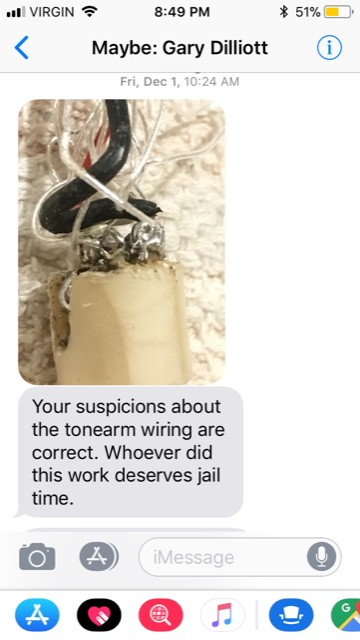
I couldn’t help but laugh. He continued:
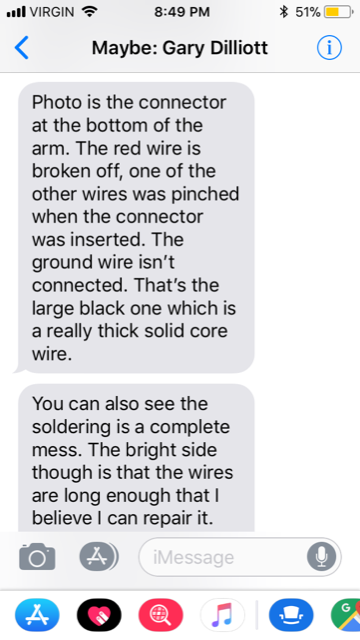
He did repair it, but it was a big job. He had to rewire the arm, reground the arm tube, rebuild the connector terminal, and find a new tonearm lead for me (a nice Jelco). It would have been about $500 in extra labour, but Gary only charged me $150, only because he’s such a nice guy. I tried my best to get some money back from grgaudio via Audiogon, but their customer support system was totally toothless and the people helping me, despite their best intentions, could do nothing. Gary did write this to Audiogon, when I asked if he wouldn’t mind helping me out:
No worries, if this was a borderline case I’d say drop it, but the arm was sold to you as a working good condition arm and as it arrived it was not useable. Let me know if this is adequate.
The first problem encountered was that there wasn’t a grub screw holding the connector in the bottom of the arm. The result was that when you tried to connect the arm lead, it simply pushed the connector up inside the arm collar. Once apart, the right + lead was broken off and the left channel was shorted out, you would not have gotten any sound out of this arm the way it was. A photo is attached showing the connections at the bottom of the inside of the arm the way the arm arrived. The arm tube was not grounded despite a previous attempt at it. It’s fussy work and takes time to do it right. It took over 2 hrs. to bring the arm to a reliable working condition.
Anyway.
When he was fixing the arm and installing the Cirkus, he also discovered that my Denon DL-103 was totally worn out. I wasn’t anticipating this — and if I had been, I would have bought a cartridge of my own, definitely some kind of Dynavector, which I’d been wanting for a while. But now it was a situation where the cartridge needed to be installed and aligned or I’d leave Niagara with a poorly set up table. He suggested he install the cheapest cartridge he had on hand, a Linn Adikt, which was something like $600. Ouch. Paying that much for something I hadn’t researched or specifically wanted — and an MM cartridge, not an MC! — really upset me. I am extraordinarily picky, here I was paying something like $2000 for a broken tonearm, an upgrade I didn’t understand (Cirkus), and an MM cartridge I didn’t want.
When I went to pick up the table, I spent a good hour chatting with Gary, and he showed me everything he’d done, and also hooked my table up into his ridiculously fancy Linn system. It sounded good. He was as flustered as me, but was relived that the table at least sounded right.
I remained flustered. When I got the deck home, I initiated my big dispute with grgaudio on Audiogon, and it went nowhere. My Tiger Paw VulKan arrived and I got it installed, but the LP12 just didn’t sound that great on my system at home.
This is when I started getting interested in digital. A setup with no tonearms, no cartridges, no bearing upgrades, no $2000 spent for no clear improvements. My attention shifted to Hugo 2s and Gungnir Multibits and before I knew it I had a digital system that sounded way better than my accursed LP12, which remained sitting on its fancy, perfectly level shelf.
There is a tragic addendum to this story that puts things into perspective. A few weeks after writing that note to Audiogon, Gary suffered a stroke and passed away. My table was one of the last (possibly the last) he ever worked on.
Returning to the LP12
I’ve already told the next part of the story. Sometime in August, I decided to try some more A/B testing on my LP12 and digital setup, thinking I may as well just sell all my vinyl if it didn’t sound better than Tidal (and since vinyl is selling for so much right now). But I found something really surprising. It sounded great. Maybe my cartridge had finally worn in in the few listening sessions I’d had over the previous two years. Maybe my new headphones (Hifiman HE1000s vs. Audeze LCD-3Fs) brought out the LP12’s better side. The more likely thing: I’d been doing a lot of A/B testing with The Smiths’ Strangeways Here We Come LP, a recent Rhino reissue. I’ve since realized that that record sounds awful. It just so happened that I did my fateful A/B test this time with a first pressing of Yo La Tengo’s And Then Nothing Turned Itself Inside Out, which sounds amazing.
Since then, I’ve listened to a lot of records. A lot of them sound terrible (for instance, a 1970s pressing of the Byrds’ Mr. Tambourine Man that I really wanted to sound good) but a lot of them sounded incredible. Besides Yo La Tengo, a late 70s pressing of Joni Mitchell’s Blue and a borrowed 1959 first pressing of Charles Mingus’s Ah Um convinced me that my heaps of vinyl actually might sound better than my Tidal collection.
But who can leave well enough alone? If a pretty good LP12 could sound this good, how good could a really good LP12 sound?
That is the question I will be working to answer in the next few months.
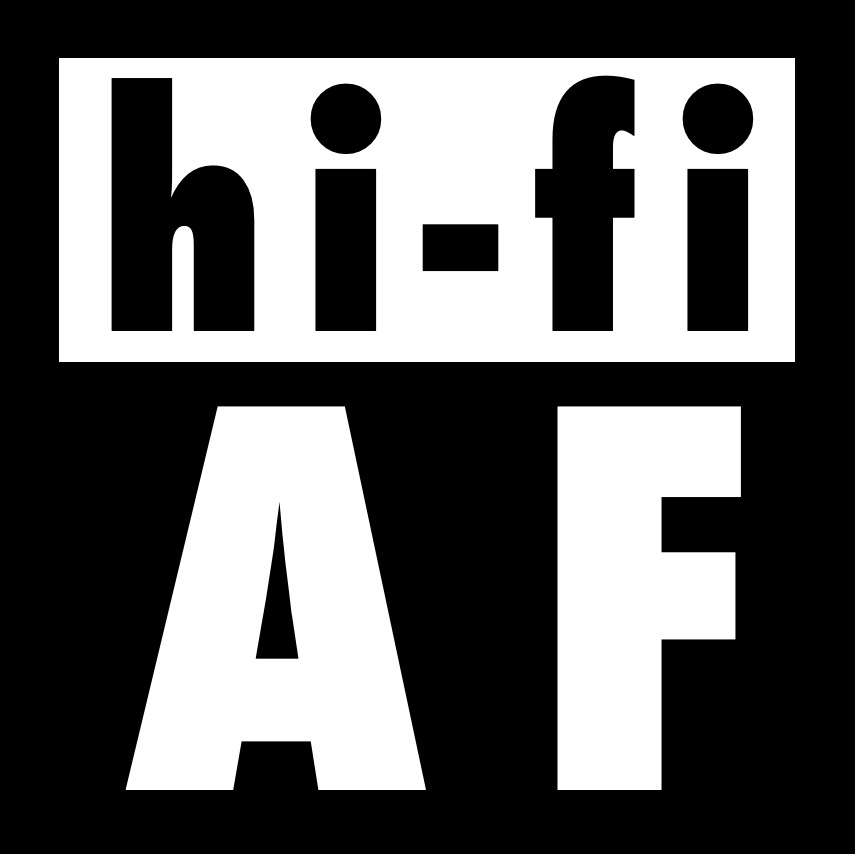
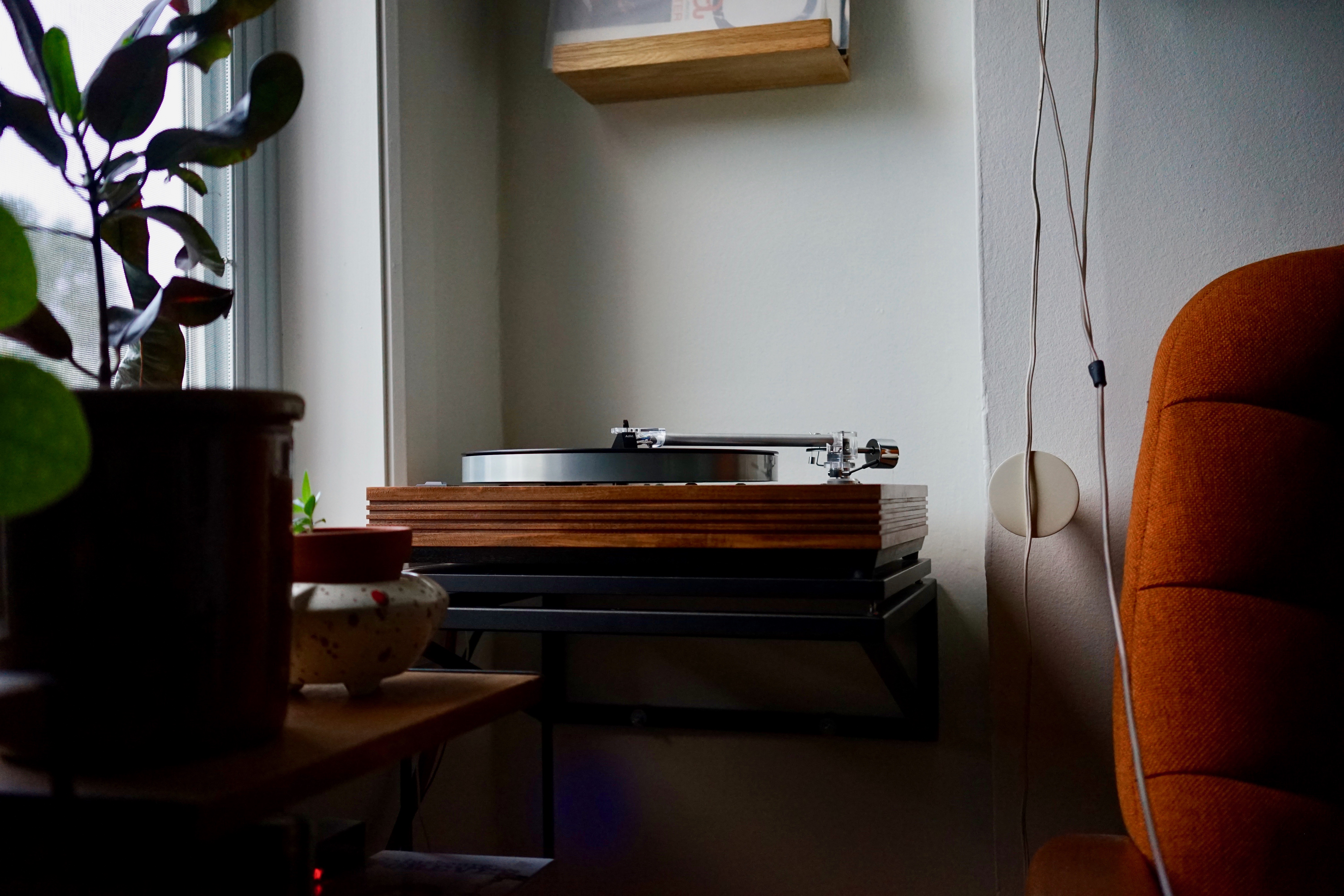
5 Comments
Join the discussion and tell us your opinion.
Well,
I’m enjoying your blog tremendously! We seem to have some things in common, unfortunately I don’t share your gift of writing.
I grew up in London Ontario, went to school at Western and graduated U Of T in 1988. I’ve been collecting vinyl since I was a kid, and continue to do so. I bought my LP 12 from London audio in 1989 when I was setting up my dad with a new stereo. (I think the late Gary Dillion worked there in the 80s. )I had bought into the whole CD thing and one of the guys working there said ‘ you know records are better than CDs’. Of course I didn’t believe him until we sat down and did some A.B. listening tests. I lived in New York City for 10 years where there was an amazing Linn/Naim dealer and I was lucky enough to befriend the in-house LP 12 whisperer. I now live in California and have a concrete floor for the rehearsal/listening room. I inherited my dads linn Saras for my system. Love them. Old naim electronics redone by av options.
I’ve got to send you a copy of our somewhat new Haydn string quartet recording on vinyl, digital master unfortunately, I’m still really excited that we can make a vinyl in 2021! Hopefully I’ll be up in Ontario for a concert and visit my mom in the fall, And I can drop one in the mail then. Maybe sneak one string quartet track into the testing regimen.
My LP 12 still sounds great in my opinion, hasn’t been touched at all since 1997. Pre circus bearing. Circus didn’t sound better to me at the time. What to do next?
My apologies for the rambling comment, but I’ve really been inspired by your hi-fi journey and your beautiful photographs!
Cheers,
Geoff
(Did you see the LJC bit on London Ontario in his discussion of a Chico Hamilton album?) hilarious!
Thanks for the comment, Geoff — and very nice to know someone out there is reading all my rambling and enjoying it! What a coincidence that one of those people would have such a similar biography to my own! I’m off to read this LJC thing about London now!
Thanks for writing back! I just realized I have a Sparton pressing of that Chico Hamilton album. Very cool and cheesy inner sleeve singing the virtues of the Sparton Hifi experience. Not a great record I’m afraid. The weird thing is that it has a van Gelder stamp. I didn’t think that he recorded it.The big question is what to do moving forward with my LP 12. The one local Linn dealer with LP 12 experience seems to be only interested in selling massively expensive equipment and upgrades to the ultra rich Silicon Valley crowd. He would charge $200 per hour to work on my Lp 12. Inspired by all your work I’m considering going it alone. In retrospect, knowing all that you know now do you think it’s still a good idea? I definitely need a new cartridge, my Lynn Clyde is from the mid 90s, and probably a sub chassis and bearing upgrade as well. I have the original lingo and Ekos. I do enjoy fixing things, and changed the tweeters in my Linn Sara’s for example. I would hate to ruin my table however. What do you think?
Cheers,
I have one Sparton pressing myself at the moment (actually borrowed from a friend) — a first Canadian pressing of Mingus’s Black Saint. It too has the Van Gelder stamp — and he definitely didn’t record it (Mingus was not an RVG fan). The stamp is there because Rudy *mastered* the disc (and the RVG stampers would have been sent to London for pressing).
$200 per hour sounds pretty steep. Working on your own LP12 isn’t as hard as the dealer like to make it out to seem. If you follow the Cymbiosis guide, and are somewhat mechanically inclined, it’s easy peasy. You do need some kind of jig, though — the Linn one is pretty expensive, but thankfully there are a few third-party options these days. I can’t guarantee you won’t ruin your table, but I definitely haven’t ruined mine yet 🙂 The main thing I was worried about was “setting the bounce,” but I’ve found that both to be quite easy and also not at all crucial — I’ve never found any sound difference between perfectly pistonic and slightly erratic. Cartridge setup is much more of a pain. An Ekos and a Troika (if you can find one — I have found FOUR!) would be a killer combo sound-wise, though, and the three-point mounting means there is no adjustment necessary — fit and forget!
I always wanted a troika but couldn’t afford it in the day. I assume your finds come from the UK? Retipped?
Is it possible to buy a Karousel without having the dealer install? I suppose the issue with voiding the warranty that you had to deal with for your lingo would apply.I’ll start searching for a Troika. Exciting!